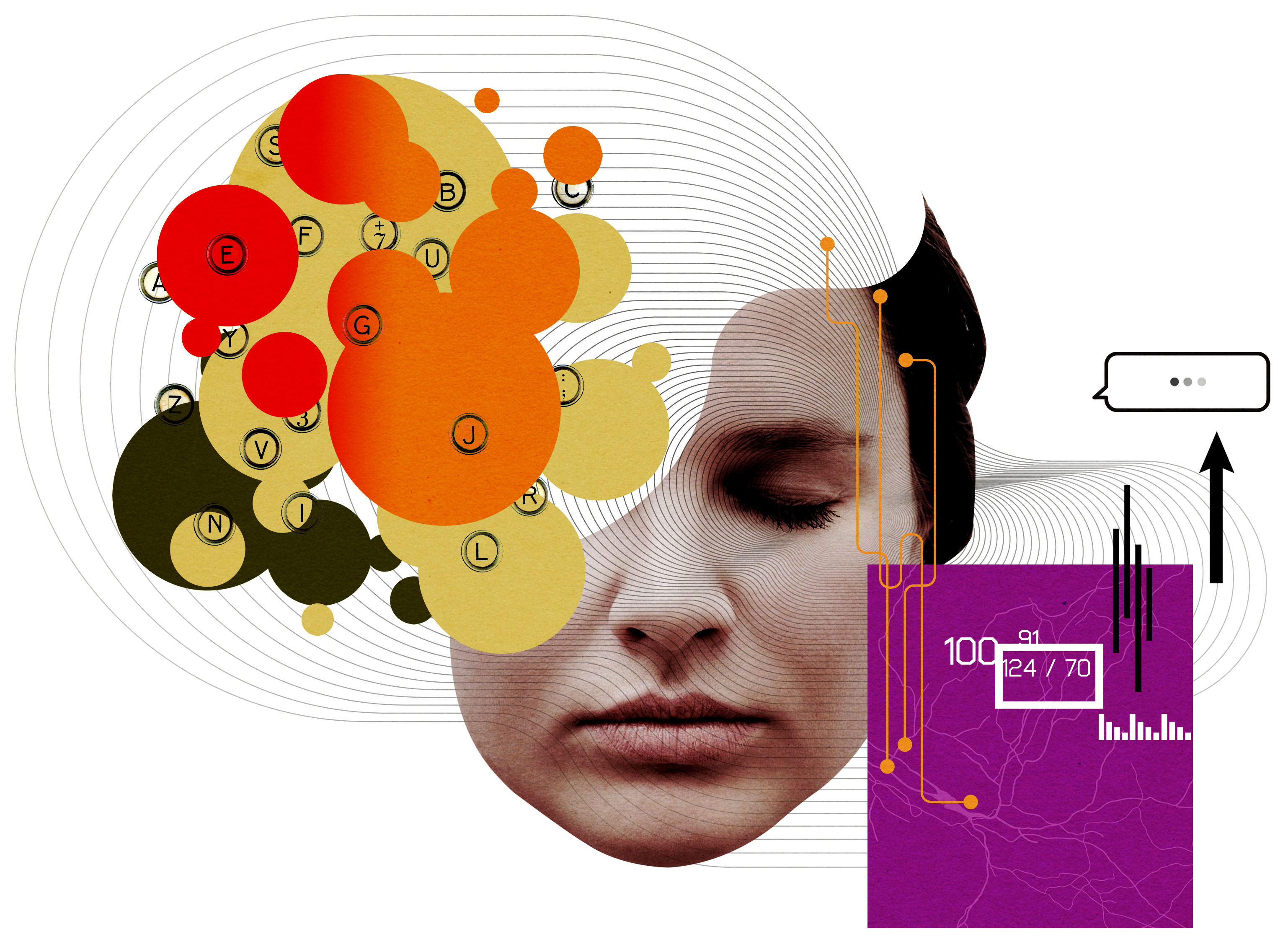lens
Stroke Detection
Researchers lay groundwork for fast, accurate blood test
 IMAGE: Stuart Bradford c/o Theispot
IMAGE: Stuart Bradford c/o TheispotAn interdisciplinary research team has identified proteins in the blood that could someday lead to a simple blood test to help first responders or emergency-room clinicians quickly assess whether someone is experiencing a stroke.
While a viable test is probably years away, the researchers identified new biomarkers—or protein signatures—whose presence in the blood indicates damage to brain tissue, said Grant O’Connell, PhD, an assistant professor at Case Western Reserve’s Frances Payne Bolton School of Nursing and director of its Biomarker and Basic Sciences Laboratory.
“If we had a blood test to tell us right away if someone is having a stroke,” O’Connell said, “that could make a huge difference, allowing people to get proper treatment sooner—and that will save lives.”
The team’s findings were published in the Proceedings of the National Academy of Sciences.
O’Connell said as many as 30% of strokes are not initially recognized with an assessment of patient symptoms, delaying critical treatment.
“You would think that a stroke would be really obvious, and that’s true with severe strokes,” O’Connell said, “but most strokes are actually minor,” in terms of initial symptoms.
While biomarkers won’t replace imaging or other diagnostic tools, O’Connell added, “they could help us recognize strokes more quickly and confidently.” For example, emergency medical workers could immediately transport patients testing positive to hospitals certified as stroke centers.
O’Connell hopes the research will spur advances in a field that for decades has focused on a handful of biomarkers that he said haven’t been sufficiently accurate in signifying strokes to warrant creation of a diagnostic test based on them.
He also believes the biomarkers his team identified could be used to detect brain damage from other conditions, and that further investigation could lead to tools with the potential to “dramatically improve how we recognize and manage a wide variety of neurological conditions.”





